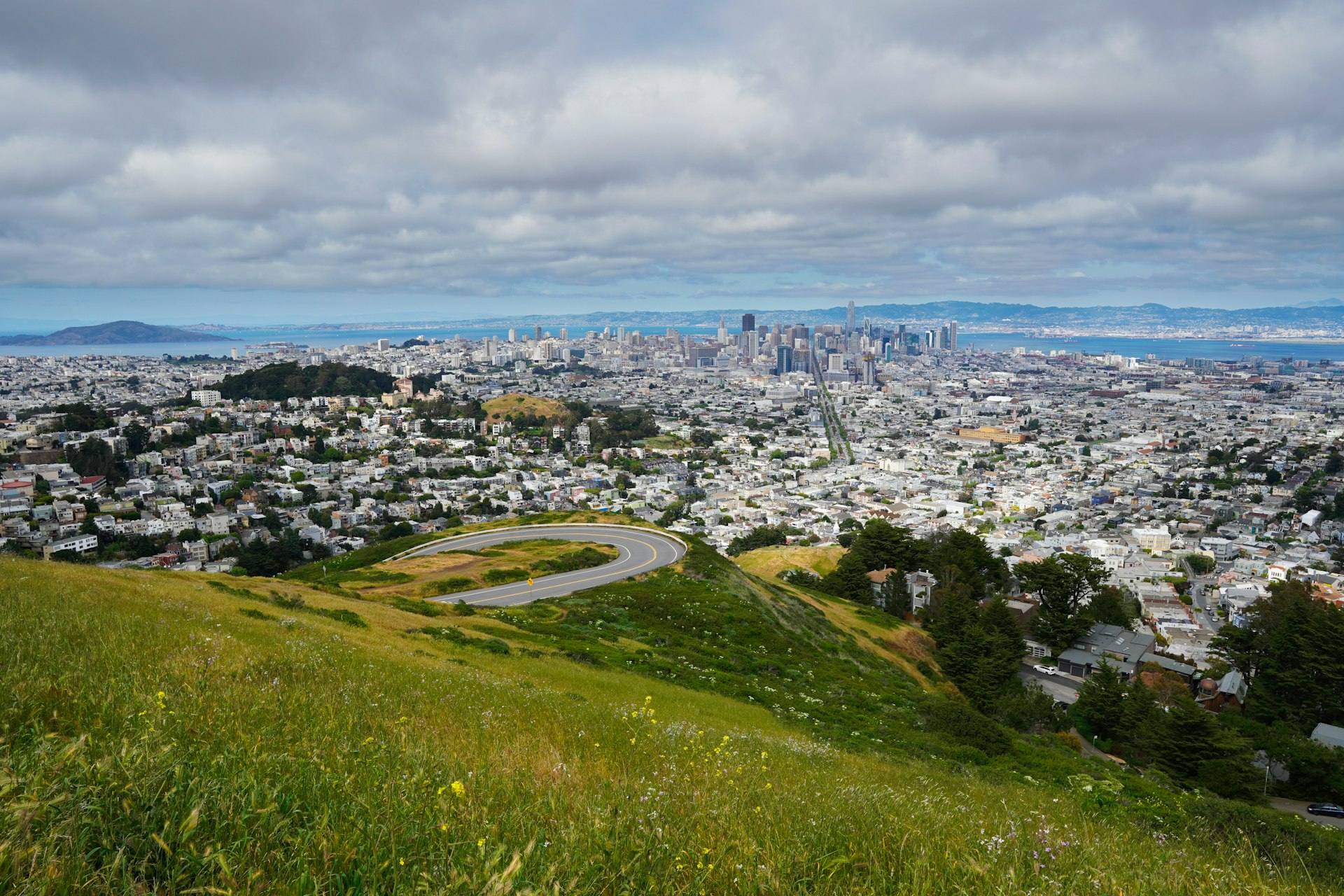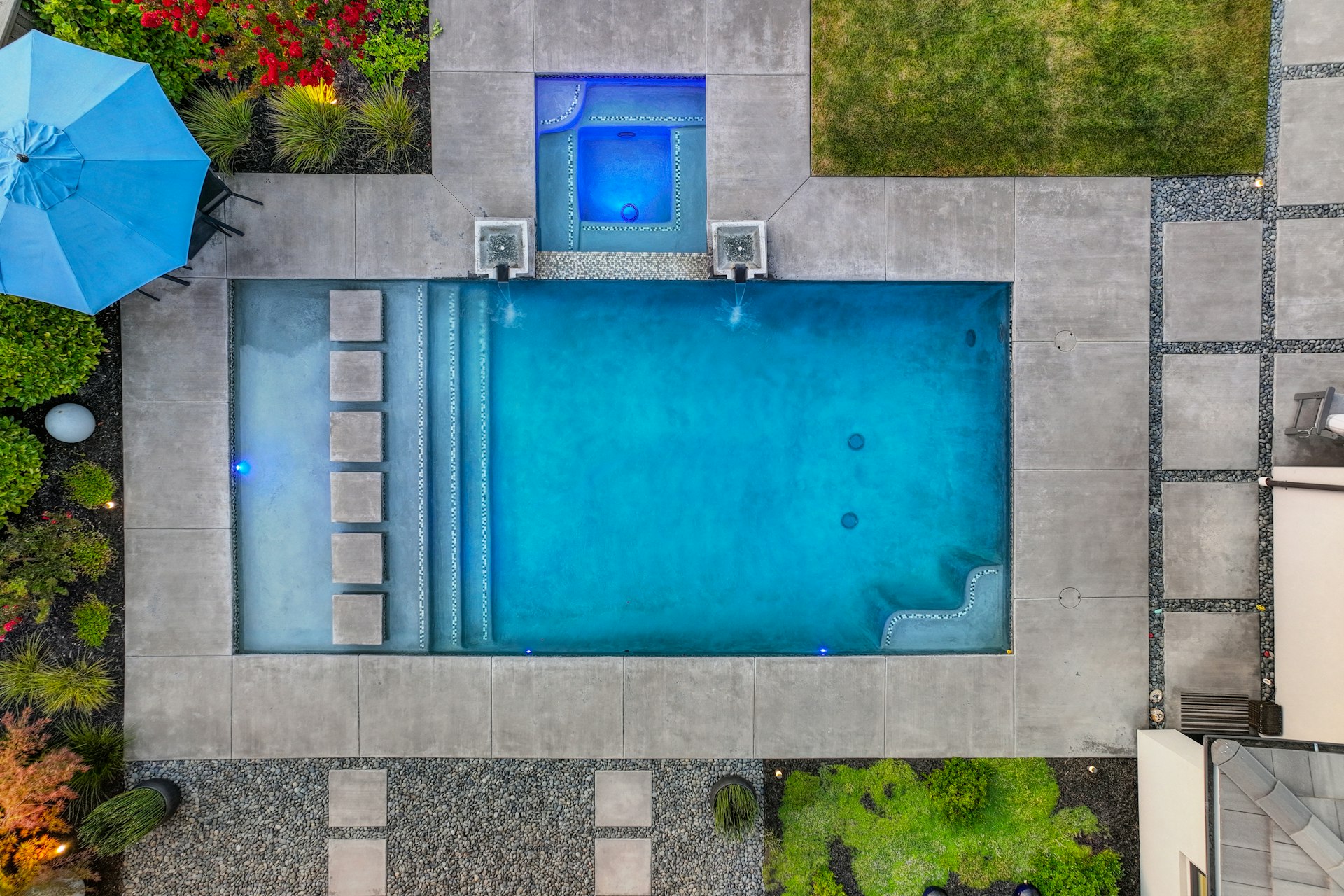Real-World Off-Grid Lifestyle Experiences: Journeys, Challenges, and How You Can Start

Photo by ALEKSEY KUPRIKOV on Unsplash
Introduction: The Allure of Off-Grid Living
Choosing to live off the grid represents a commitment to self-sufficiency, environmental responsibility, and personal freedom. For many, it’s a response to rising utility costs, climate concerns, or a desire for a simpler, more intentional way of life. This article explores authentic off-grid lifestyle experiences, practical steps to start your own journey, and honest insight into the challenges and rewards of this unique path.
What Does Off-Grid Living Really Mean?
At its core, off-grid living means disconnecting from public utilities-electricity, water, gas-and often internet or phone lines. People who embrace this lifestyle use alternative energy sources such as solar, wind, or hydro, collect and purify their own water, and manage waste independently. The approach varies from high-tech solar-powered homes to basic yurts, tents, or even life on a sailboat [1] .
First-Hand Experiences: Daily Life Off the Grid
Real stories provide the best window into this lifestyle. For example, one couple living in a remote cabin describes life without running water, plumbing, or traditional electricity. Daily routines are shaped by nature’s cycles: collecting water, heating it on a stove for bathing, and using lamps as evening falls. Shopping is planned carefully, with infrequent trips into town and reliance on local delivery points for supplies [2] . These routines underscore the importance of planning, adaptability, and resilience.
Another long-term off-grid homesteader describes decades of self-sufficiency powered by solar energy. Living miles from the nearest road, they relied on float planes to access civilization, saw other people only a few times a year, and experienced the profound freedom of being truly autonomous. This lifestyle brings not only independence from utility companies but also a strong sense of environmental stewardship [3] .
Common Off-Grid Experiences: From Tents to Sailboats
Off-grid living spans a range of housing types, each with unique experiences and challenges:
- Cabins and Tiny Homes: Offer stability and protection but require careful planning for heating, water, and waste management [2] .
- Yurts, Bell Tents, and Teepees: Provide closeness to nature and a minimalist lifestyle, but demand resourcefulness in handling weather and maintaining comfort [1] .
- Houseboats and Sailboats: Use wind or solar power, with water desalination for fresh water. Mobility offers adventure but can increase maintenance complexity [1] .
Each setting requires a different approach to self-reliance, energy generation, and problem-solving.
Practical Steps to Begin Your Off-Grid Journey
1. Research and Planning: Start by reading books, watching documentaries, and connecting with off-grid communities. Online forums and organizations offer invaluable advice and support. Before making a move, consider your skill set, budget, and preferred climate. Some organizations-including Workaway -offer opportunities to experience off-grid living firsthand through volunteering, which can help you test the lifestyle before committing [1] .

Photo by Callum Eddings on Unsplash
2. Choosing a Location: Decide whether you want to live remotely or closer to amenities. Consider land regulations, access to resources, climate, and proximity to emergency services. Research zoning and building codes carefully; requirements vary widely by region. Contact local authorities to ensure compliance.
3. Building or Selecting Shelter: Options include buying land to build a cabin or tiny home, purchasing a ready-made off-grid property, or joining temporary setups like yurts or boats. Each choice has trade-offs in terms of cost, maintenance, and comfort.
4. Energy Solutions: Most off-grid homes rely on solar panels, wind turbines, or generators. Solar is the most common due to falling costs and reliability. Consider your energy needs: lighting, refrigeration, heating, and device charging. Start with a basic system and expand as needed. Many off-gridders report starting with simple setups-one battery and a small solar panel-then upgrading over time as their needs and experience grow [4] .
5. Water and Waste Management: Options include wells, rainwater collection, and natural springs. Water filtration and purification are essential for safety. For waste, consider composting toilets or septic systems. Bathing may require creative solutions, such as heating water on a stove for sponge baths or communal bathing at a larger home or river [2] .
Challenges and Solutions in Off-Grid Living
Energy Management: Energy limitations shape daily routines. Many people adapt by using less electricity, choosing energy-efficient appliances, and timing activities to daylight hours. Backup generators or batteries can help, but require careful maintenance [4] .
Food and Supplies: Off-gridders often grow their own food, preserve harvests, and plan shopping trips to minimize travel. Some communities offer group purchasing and resource-sharing options. Online shopping is possible, but delivery may be limited by location [2] .
Laundry and Domestic Tasks: Without modern appliances, chores can take more time. Washing clothes by hand, using wood stoves for cooking, and managing waste require adaptability. Today, compact, energy-efficient appliances are available, which can ease these burdens for some off-gridders [5] .
Connectivity and Social Life: Limited internet or phone access can be a challenge. Some use satellite internet or plan regular trips to connected areas. Socialization may require more effort, but many off-gridders form close-knit communities or maintain ties through shared activities and town visits.
Benefits and Rewards of the Off-Grid Lifestyle
Environmental Impact: Living off-grid can significantly reduce your carbon footprint by minimizing reliance on fossil fuels and encouraging sustainable practices. Many off-gridders cite environmental stewardship as a core motivation [3] .
Financial Freedom: Once established, off-grid living can reduce or eliminate monthly utility bills. However, upfront costs for land, equipment, and setup can be significant. Many recoup these expenses over time through energy savings and reduced consumption.
Personal Growth and Resilience: The challenges of off-grid life foster adaptability, creativity, and a deep sense of independence. Many people find the experience deeply rewarding, reporting increased self-confidence and a stronger connection to nature.
Community and Support: Opportunities exist to join established off-grid communities or networks. Programs like Workaway allow you to volunteer with hosts around the world, offering hands-on experience and a taste of the lifestyle before making a permanent commitment [1] .
How to Access Off-Grid Experiences and Resources
If you want to try off-grid living before making a permanent move, consider these approaches:
- Volunteer through programs like Workaway to stay with experienced hosts worldwide. Search for “off-grid volunteer opportunities” on their official website to find listings.
- Join online forums, social media groups, or local workshops focused on sustainable living and homesteading for guidance and mentorship.
- Contact local authorities or land management agencies for information on zoning, building codes, and land availability in your area of interest.
- Visit established off-grid communities or eco-villages to observe daily life and ask questions. Some communities host open days or offer short-term stays for prospective members.
Always verify the legitimacy of any organization, community, or program before making commitments. If you are interested in official programs or legal requirements, consult your city or county government’s website and search for “off-grid living permits” or “homesteading regulations.” For environmental grants or renewable energy subsidies, check with your state’s Department of Energy or the U.S. Department of Energy for up-to-date information and application processes.
Key Takeaways and Next Steps
Off-grid living is a deeply personal journey, offering both significant challenges and unique rewards. Whether you are motivated by environmental values, a desire for independence, or the pursuit of adventure, there are many ways to experience this lifestyle. Start by learning from those who have walked the path, seek hands-on opportunities where possible, and explore options that match your resources and ambitions. Remember, there is no single right way to live off-grid-what matters is finding the approach that fits your goals, abilities, and dreams.
References
- [1] Workaway (2023). Experience Living Off Grid: Volunteer Stories and Practical Advice.
- [2] Countryside Magazine (2021). A Day in My Life in an Off-The-Grid Home.
- [3] Let There Be Light International (2022). Off-Grid and Living By Example: A Homesteader’s Perspective.
- [4] YouTube (2023). WHAT IS OFF GRID? Not What You Think – 6 YEARS EXPERIENCE.
- [5] Eartheasy (2022). What It’s Like Living Off-Grid: Real Life Lessons.



